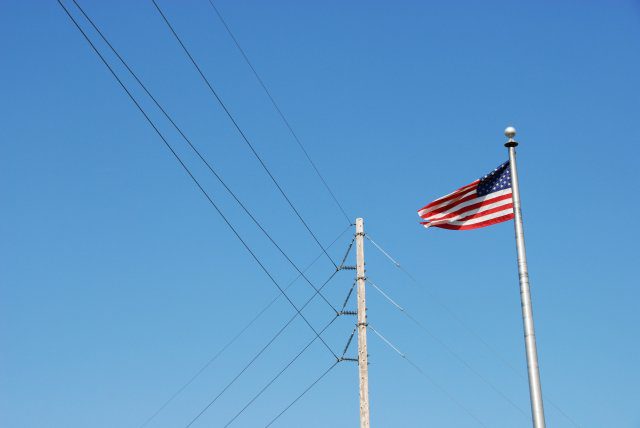For Immediate Release
Contact: Drake Rice, 405-359-2500
Power Lines that Gallop
Galloping power lines may sound ridiculous, but they really do occur and can be very dangerous. These lines can bounce and buck enough to hit another line, damage themselves enough to cause a power outage, or even fall to the ground.

Once galloping starts, there is not much a power company can do to alleviate it until winds die down. This is why many power lines have objects, like twisted wire or round or angular pieces of metal attached to the line. These are devices placed on power lines to help reduce the galloping of lines and prevent potential danger.
If you encounter galloping lines, stay away, warn others to stay away, and contact your utility. In addition to the possibility of power outages, there is a danger of the lines or other electrical equipment breaking loose and falling and of ice being dislodged from the lines and falling to the ground.
Molly Hall, with SafeElectricity.org says, “Galloping lines aren’t the only danger that wind storms bring. Strong winds can knock down power lines and blow trees and limbs onto power lines, which can also cause power outages.”
Storms at any time of the year can pack damaging winds. The Safe Electricity program urges you to pay attention to and be aware of weather forecasts so that you can be prepared and not get caught off guard by a wind storm.
Safe Electricity also encourages you to keep the following safety tips in mind after a wind storm:
- When you see power lines on the ground, stay away, warn others to stay away, and contact the electric utility or 911. Lines do not have to be arcing or sparking to be live.
- Any utility wire, including telephone or cable lines which are sagging or down, could be in contact with an energized power line also making them dangerous. So stay away from all lines.
- Be alert to the possibility that tree limbs or debris may hide an electrical hazard. Downed power lines can energize objects around it, such as chain link fences and metal culverts.
- Keep in mind that a line that is “dead” could still become energized during power restoration efforts or improper use of generators.
- Never drive over a downed line. It could cause poles or other equipment to come crashing down.
- If you are in a car that has come in contact with a downed power line, stay in your vehicle. Wait until the utility crew has arrived and de-energized the line. Warn others not to approach the car. Only exit the car in the case of fire; and, in doing so, be sure to jump out and away from the car with both feet together. Then hop away while continuing to keep both feet together.
Make sure you have your storm preparedness kit ready in case of emergencies. Get more electrical safety information at SafeElectricity.org.
# # #
